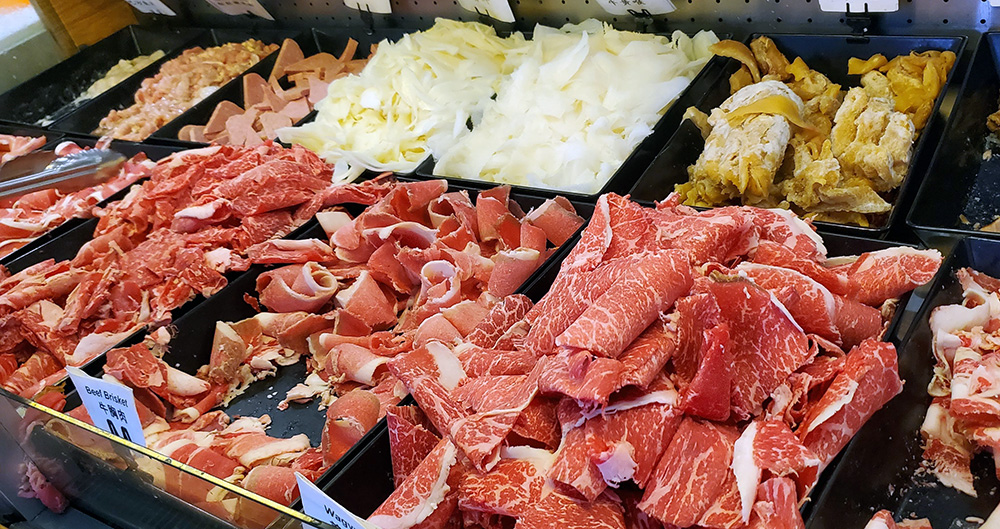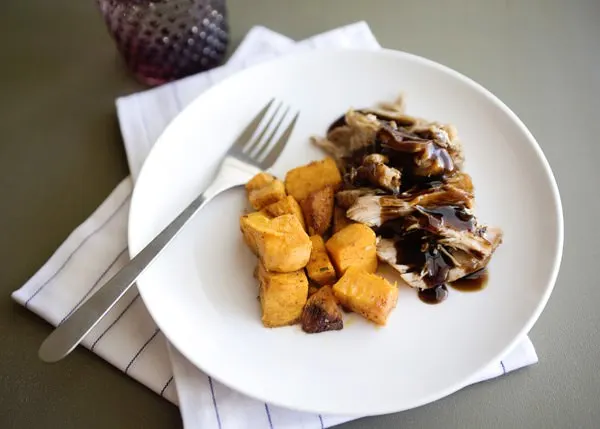
Spicy hot pot (also known as mala hot pot or spicy hot pot) is a homemade Sichuan variant of the traditional Chinese hot pot. It is often translated as “hot and spicy soup”.
This early form of hot pot originated in the Yangtze River in Sichuan Province, China, and became a popular street food in China in the early 2010s. Since then, it has quickly spread to major cities in Asia, Australia and around the world.
The original street food form of malatang featured outdoor carts or stalls displaying an organized selection of hundreds of skewered ingredients. Sauces typically included fresh vegetables, thinly sliced beef or lamb, sausages, seafood, tofu noodles and other typical hot pot toppings. Customers hand-select the ingredients they want, which are cooked by workers in a large communal pot filled with broth. The cooked food is then placed in bowls and topped with a variety of seasonings and spices, such as peppers and chili peppers, to give customers a numbing sensation.

Hot and spicy hot pot ingredients
Various ingredients for fast food restaurants
The fast casual restaurant concept of hot and spicy hotpot is very similar to street food, but instead of organizing the ingredients on skewers, they are usually displayed in self-service “salad bars”. These restaurants also tend to have a wider selection of ingredients due to refrigeration and extra space. Diners select ingredients by placing them in a weighed and priced bowl – not unlike a self-serve froyo. Then, just like street food, the food is cooked in communal pots, topped with any requested condiments and served to diners.
Other restaurants opt out of the self-serve concept of spicy hotpot altogether and simply serve dishes with a set combination of ingredients based on the menu. While diners miss out on the experience of picking their own ingredients, they still end up with the finished product – a delicious “mah mah” soup. (Of course, most places allow modifications, so if you tend to avoid spicy food, you can always ask for a milder version.)



